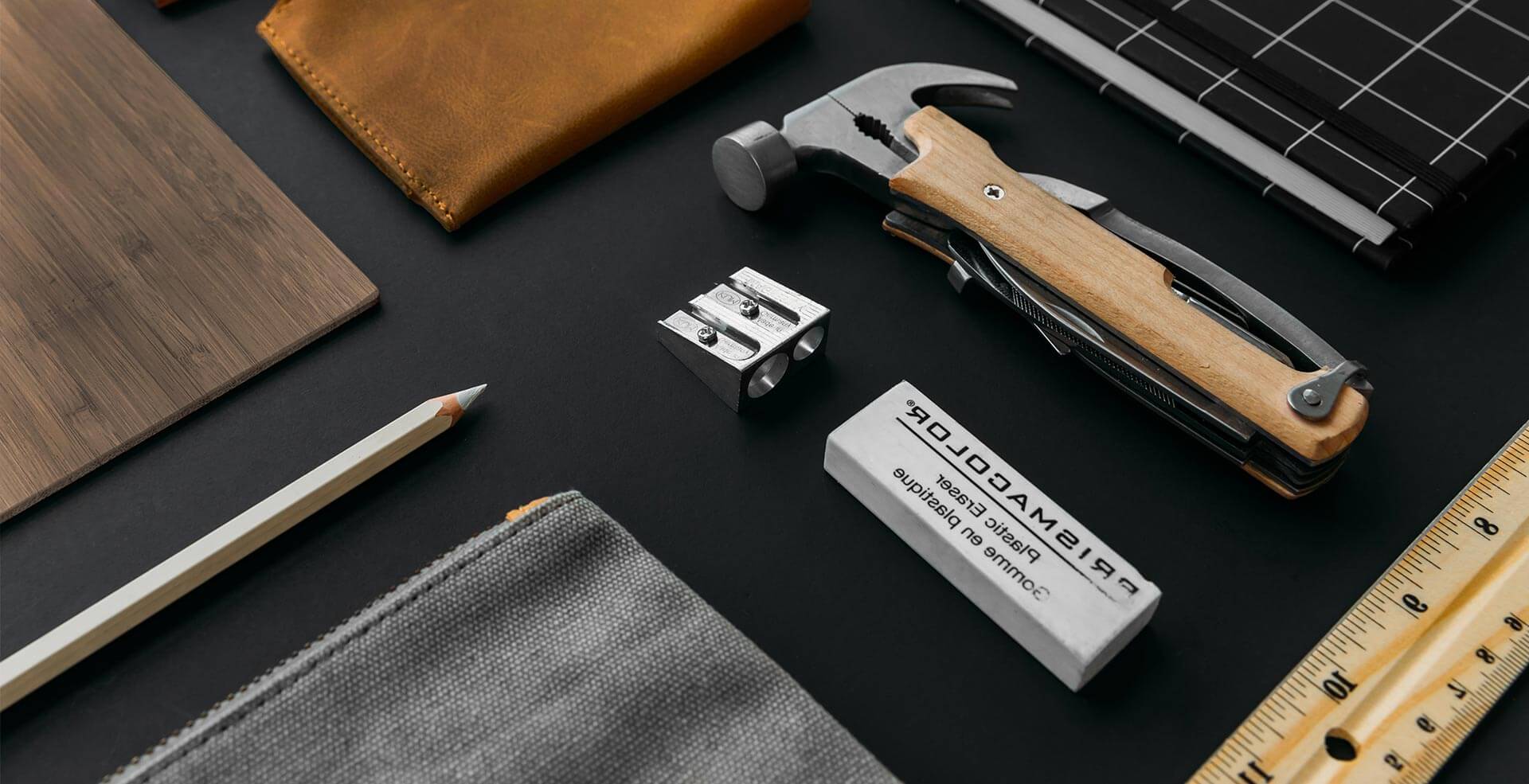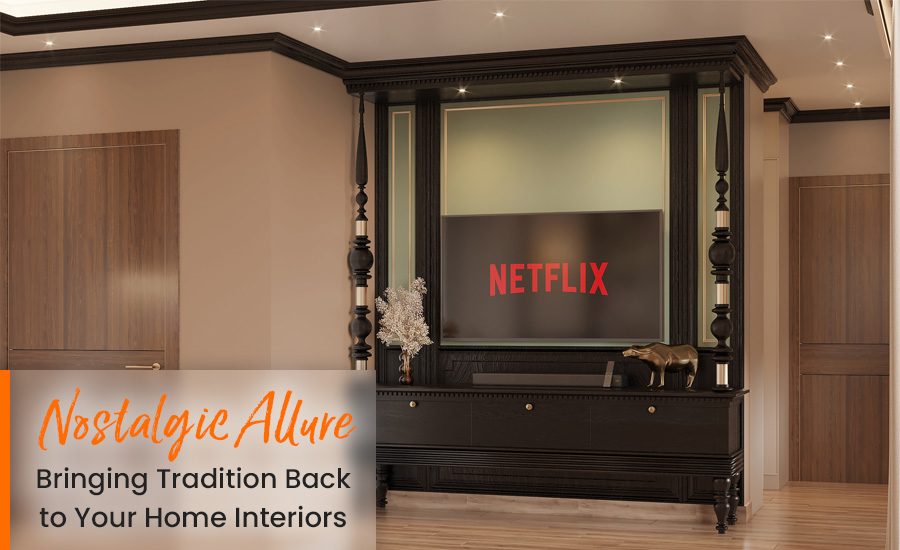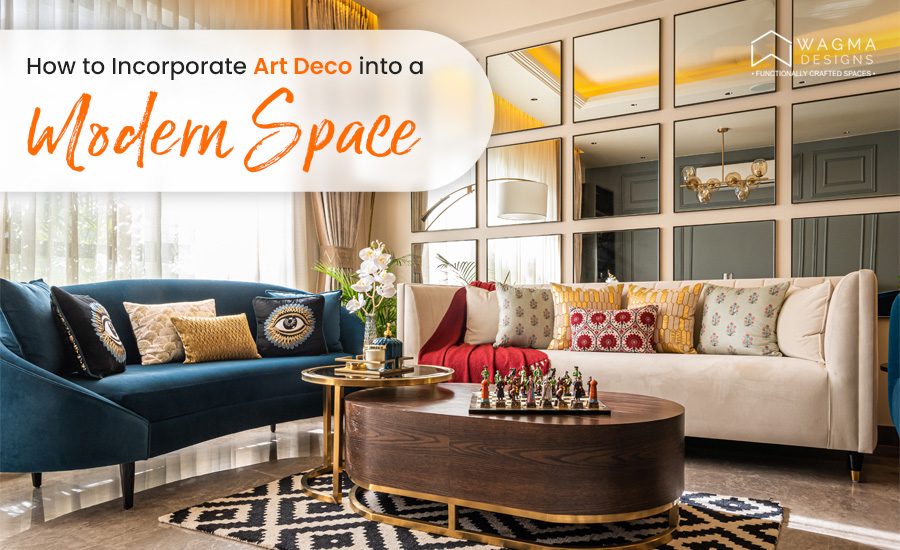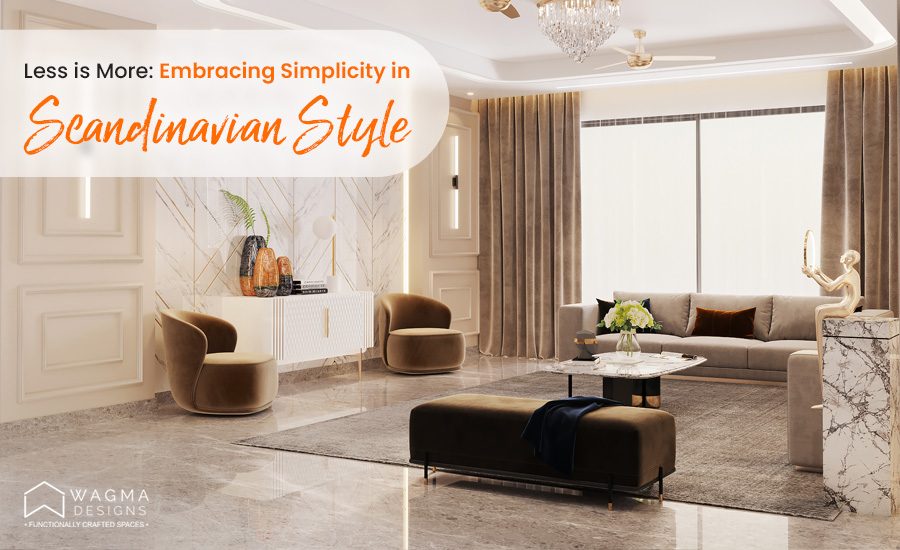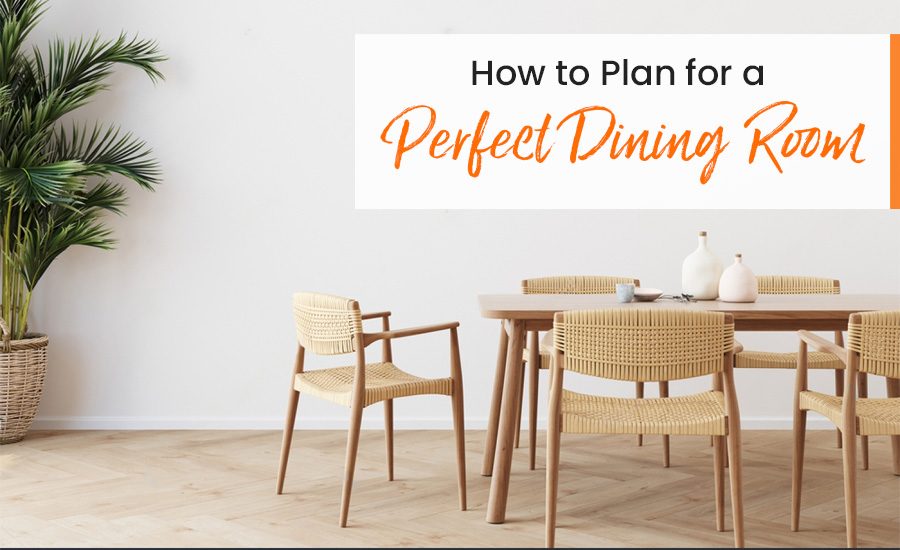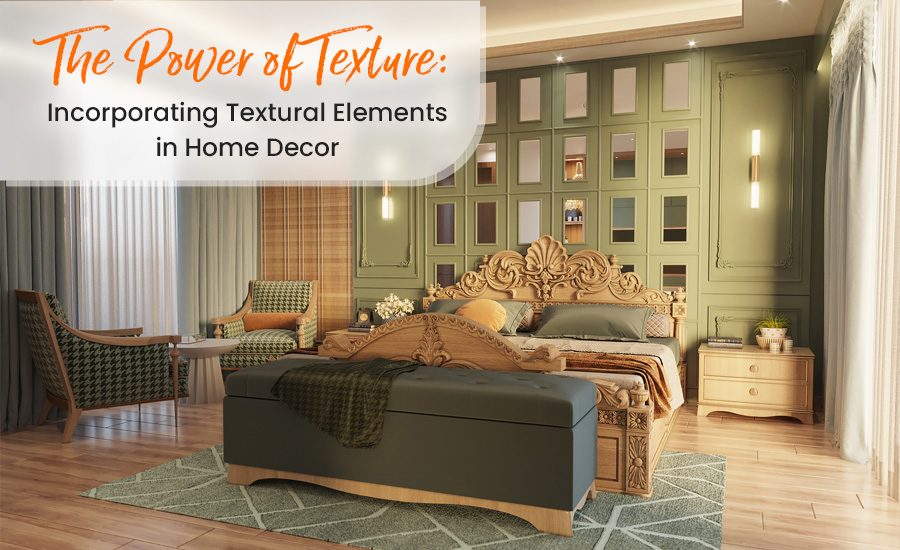Nostalgic Allure: Bringing Tradition Back to Your Home Interiors
In the fast-paced, ever-changing world of interior design, it's refreshing to see a resurgence of traditional styles that evoke a sense of nostalgia and timeless elegance. Traditional interior design brings back the charm and allure of the past while infusing it with modern elements to create a harmonious balance. In this blog, we will explore how you can bring the tradition back into your home interiors, adding warmth, character, and a touch of nostalgia to your living spaces. Embrace Classic Architectural Details: One of the key elements of traditional interior design is the incorporation of classic architectural details. Consider adding crown molding, wainscoting, or decorative ceiling medallions to your space. These
How to Incorporate Art Deco into a Modern Space
Interior design is the art and science of enhancing the interior of a building or space to achieve a healthier and more aesthetically pleasing environment for the people using the space. Interior designers use their knowledge of design, color theory, and spatial relationships to create functional and attractive spaces that meet the needs and preferences of their clients. Interior design can involve a range of different aspects, including the selection of furniture, fabrics, lighting, colors, and materials, as well as the layout and organization of a space. Interior designers may also work on architectural features like wall and ceiling finishes, flooring, and built-in elements like cabinetry and shelving. The goal of interior
Less is More: Embracing Simplicity in Scandinavian Style
Scandinavian design is renowned for its emphasis on simplicity, minimalism, and practicality. A crucial aspect of this aesthetic is the incorporation of natural materials, which contribute greatly to the warm and welcoming ambiance of these interiors. Let's explore some of the ways in which natural materials can elevate the aesthetic appeal of Scandinavian design.Wood: Wood plays an important role in Scandinavian design. It is used for furniture, flooring, and accessories, and it brings warmth and texture to a space. From the light-colored birch to darker oak, wood is a versatile material that can be used in many different ways.Leather: Leather is another natural material that is commonly used in Scandinavian
How to Plan for a Perfect Dining Room?
Dining rooms are designed according to one's own taste and style, which have a significant impact on the look and feel of the space. There are some people who prefer a more formal and traditional style, while others may prefer a more casual and modern style. For those who prefer a more traditional style, a dark wood dining table and matching chairs with ornate detailing can create an elegant and timeless look. Rich fabrics like velvet or silk can be used for chair upholstery or window treatments to add texture and sophistication. Classic lighting fixtures such as chandeliers or candelabra-style pendant lights can also enhance the traditional feel of the room. On
The Power of Texture: Incorporating Textural Elements in Home Decor
When delving into interior design, it is crucial to take into account not only the colors and patterns but also the textures. The texture can provide a feeling of dimension and visual appeal to a room, thus creating a more welcoming and snug ambiance. This article will delve into the significance of texture and ways to incorporate textural components into your home décor. What is Texture in Home Decor? Texture pertains to the surface characteristics of an object, which can either be smooth, rough, shiny, or matte. In-home decor, the texture is present in various materials such as wood, metal, fabric, and stone. The inclusion of textural components creates a multi-layered and

